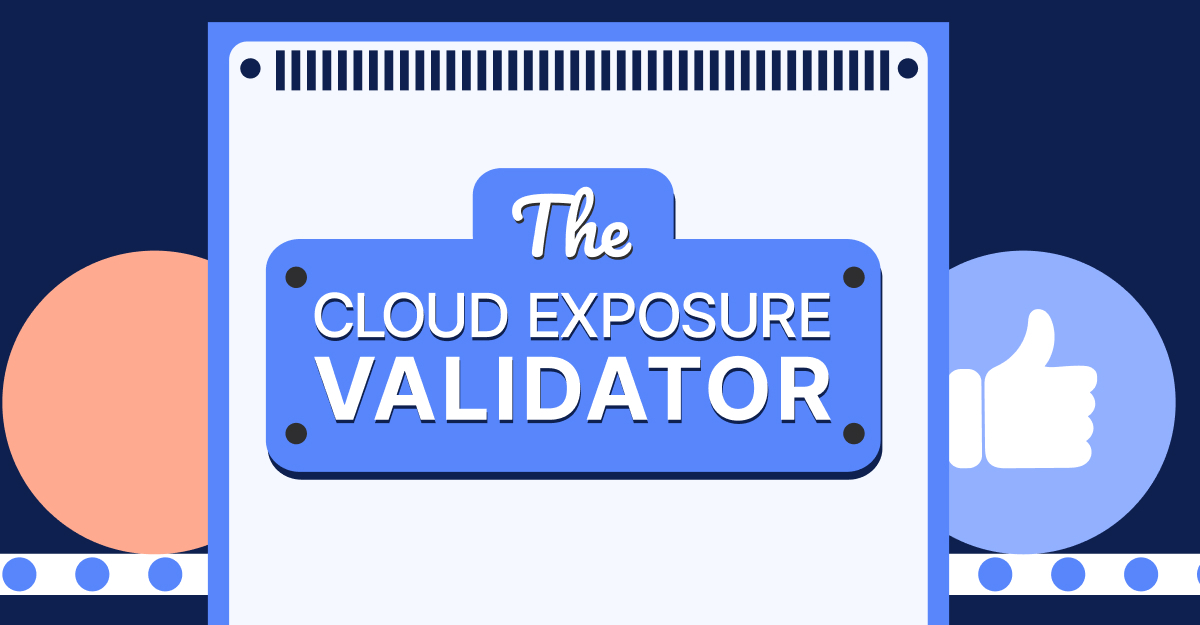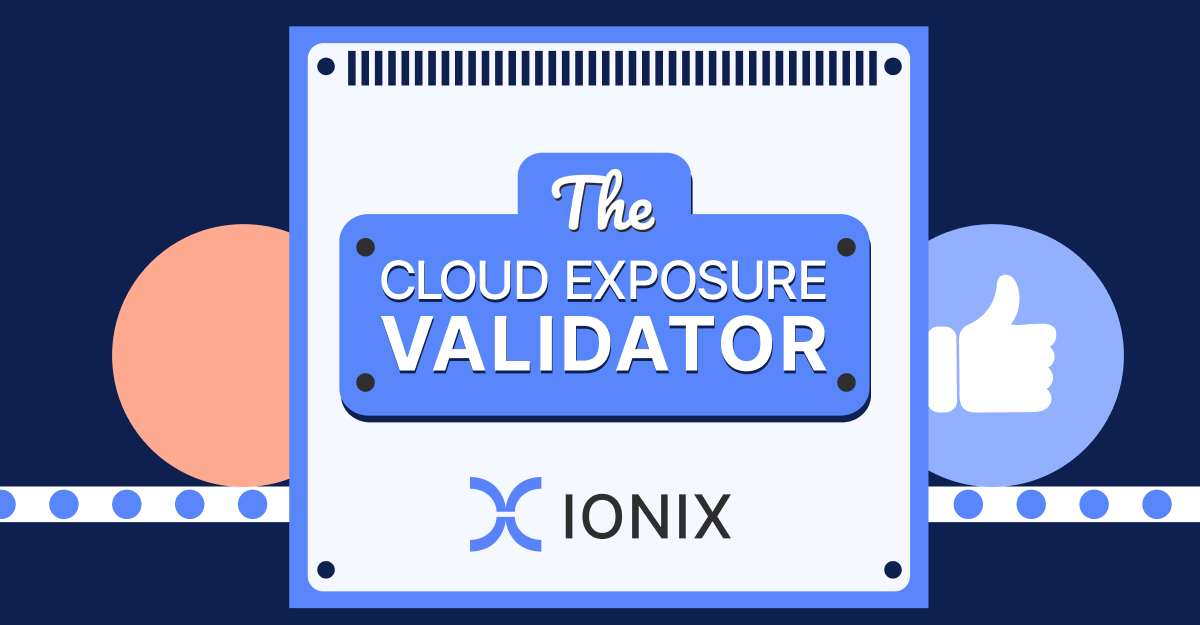What Is Threat Exposure Management?
Threat exposure management (TEM) is a cybersecurity practice focused on managing an organization’s digital attack surfaces, both internal and external. Key elements include inventorying corporate IT assets and mapping and prioritizing threats to them to provide comprehensive visibility into an organization’s risk exposure. This visibility enables organizations to proactively address vulnerabilities to minimize their potential impact on the business.
In this article
The importance of TEM
Rising numbers of software vulnerabilities and the growing sophistication of cyber threat actors increase the cybersecurity risk that organizations face, and as a result, companies are more at risk of data breaches and regulatory non-compliance. TEM provides the organization with the information it needs to decrease its overall risk exposure. After mapping and prioritizing its potential attack vectors, the organization can work to remediate them, reducing its vulnerability to attack.
The Relationship Between TEM and Attack Surface Management (ASM)
TEM and attack surface management (ASM) are closely related. In fact, ASM is a key component of TEM.
The role of ASM is to map out the various attack vectors that make up an organization’s attack surface. This provides visibility into the methods that an attacker could use to threaten the organization and is critical for vulnerability remediation. TEM goes a step further, providing additional context and prioritizing the risks that ASM finds. While ASM identifies what threats exist, TEM enables the organization to decide which ones should be addressed first and which ones can wait.
Key Components of TEM
A TEM program should incorporate certain capabilities, including:
- Threat Discovery: Generation of an asset inventory and identification of risks and attack vectors for those assets.
- Risk Prioritization: Prioritization of risks based on the likelihood of exploitation and potential business impacts.
- Remediation Planning: Planning security controls and monitoring capabilities to manage identified security risks.
- Communication and Reporting: Tracking how risk exposure changes and communicating with stakeholders.
Threat Intelligence and TEM
Risk prioritization is a core element of TEM and enables organizations to focus remediation efforts on the biggest threats. However, to accurately prioritize risks, an organization needs a means of determining the real threat that they pose to the business.
Threat intelligence is key to making these risk determinations. With information about ongoing threat campaigns, an organization can determine which vulnerabilities and other security risks are most likely to be exploited by an attacker. Additionally, information about the threat groups using a particular technique can provide hints about the likely impacts of an attack on the organization.
This threat intelligence combines with other contextual data, such as knowledge of an organization’s IT assets and business workflows. Together, this data provides a picture of how likely a threat is to be exploited and its potential impacts on the organization, offering an improved basis for prioritization compared to traditional Common Vulnerability Scoring System (CVSS) scores.
Stages of TEM
TEM is intended to manage the lifecycle of potential vulnerabilities and other threats from initial discovery through final remediation. The key stages in this process include:
- Exposure Assessment: The first stage of TEM focuses on identifying the various threats that make up an organization’s attack surface. This includes generating an asset inventory and assessing each asset for vulnerabilities, misconfigurations, and other potential risks.
- Risk Prioritization: Next, risks are prioritized based on their likely impact on the business. This combines threat intelligence and knowledge of corporate assets and business processes to identify likely, high-impact threats.
- Validation: The validation stage determines whether a vulnerability poses a true threat to the business. This includes testing the exploitability of vulnerabilities and determining whether existing security controls provide adequate visibility into and protection against the potential threat.
- Remediation: For threats where a true security gap is identified, the security team will perform remediation in order of prioritization. This includes designing, implementing, and testing security controls to ensure that an effective defense is in place against that threat.
While TEM can be broken up into several stages, the actual process should be performed continuously and, potentially, non-linearly. Risk assessment and prioritization should be performed regularly, and, if a later assessment identifies new, more significant threats, then these new threats should be addressed before lower-priority risks that remain from earlier iterations.
TEM vs CTEM
TEM and continuous threat exposure management (CTEM) have the same goal and use the same techniques to accomplish it. Both are geared toward identifying the various risks that an organization faces and prioritizing them based on exploitability and business impacts.
The primary way that these two differ is the cadence at which the various TEM stages are performed. Traditional TEM relies primarily on manual or semi-automated processes, so risk assessment and prioritization are performed on a periodic basis. In contrast, CTEM automates the entire process, ensuring that security teams have up-to-date data regarding top threats and risk exposure.
This difference has a significant impact on an organization’s exposure to potential threats. If security teams are working based on a stale snapshot of their risk exposure, they may respond too slowly to active, large-scale attack campaigns targeting zero-day vulnerabilities like Log4j.
TEM with IONIX
The IONIX TEM platform offers comprehensive visibility into an organization’s entire attack surface. This includes not only surface-level vulnerabilities but deep dives into infrastructure dependencies and the risks that they pose to your applications and systems. Our automated systems perform continuous monitoring, ensuring that threat inventories and priorities are always up-to-date.
With an attacker-centric and business-focused approach to exposure management, IONIX ensures that your security team has the data and tools that they need to address the biggest risks to your business. To learn more about IONIX and how to move beyond dated vulnerability management tools and processes, book a demo.



